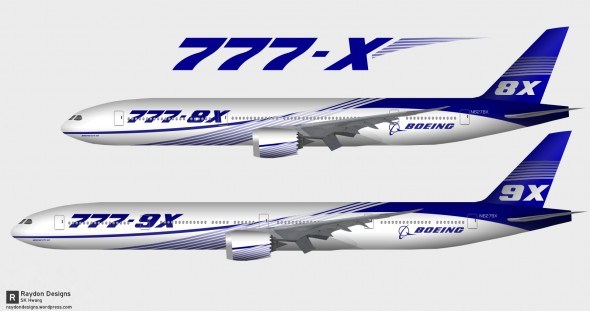One of the stated aims of the Trump trade sanctions is to get China to respect US intellectual property protection.
Most companies are not as protective as SpaceX about innovation and are not making as much innovation
US and Europe have competitive passenger jets
Since both Europe and the US both have competitive passenger jets, it seems that China and Russia know exactly where they need to improve in engines and materials to make a competitive passenger jet.
Europe was able to catch up to Boeing with the Airbus project so there it seems reasonable that China and Russia will succeed with their $20 billion project to develop competitive passenger jets.
China and Russia have $20 billion project to crack the passenger jet market
China, Russia and some western suppliers are teaming up on a $20 billion project to replicate the success of Airbus and achieve a major breakthrough into the passenger jet market.
The China-Russia Commercial Aircraft International Corporation Limited (CRAIC) 50-50 joint venture was launched on May 22, 2017 in Shanghai, targeting a 2025-2028 maiden flight and first delivery. It aims to take 10% of a market dominated by Boeing and Airbus of 9,100 widebodies over 20 years through 2035, with a plane 10-15% cheaper to run. Based in Shanghai where the assembly line will be located, CRAIC will oversee the programme : technology development, manufacturing, marketing, sales, customer services, and programme management. The fuselage will be aluminum, total investment will be $13-20 billion.
For 2023–45, UAC and Comac forecast a 7,000 widebodies demand for $1.5 trillion – an average of $214 million, their goal for first delivery is 2027. The 280 passengers capacity over 12,000 km is comparable to the Airbus A330-900 but with a nine-abreast economy seating, the shrink would seat 230 while the stretch 320.

Brian Wang is a Futurist Thought Leader and a popular Science blogger with 1 million readers per month. His blog Nextbigfuture.com is ranked #1 Science News Blog. It covers many disruptive technology and trends including Space, Robotics, Artificial Intelligence, Medicine, Anti-aging Biotechnology, and Nanotechnology.
Known for identifying cutting edge technologies, he is currently a Co-Founder of a startup and fundraiser for high potential early-stage companies. He is the Head of Research for Allocations for deep technology investments and an Angel Investor at Space Angels.
A frequent speaker at corporations, he has been a TEDx speaker, a Singularity University speaker and guest at numerous interviews for radio and podcasts. He is open to public speaking and advising engagements.

